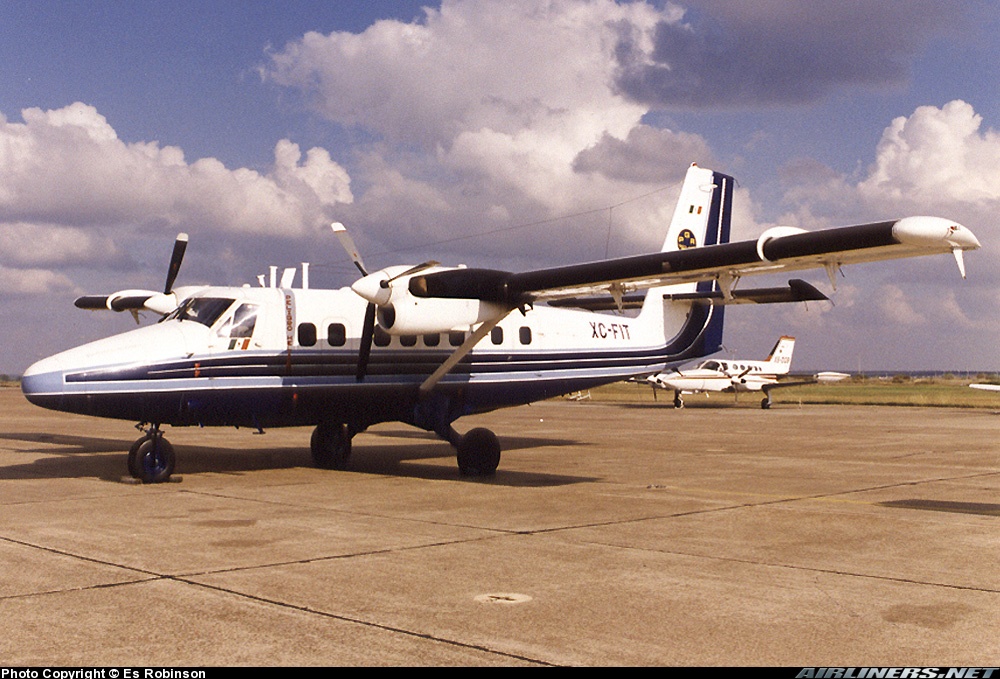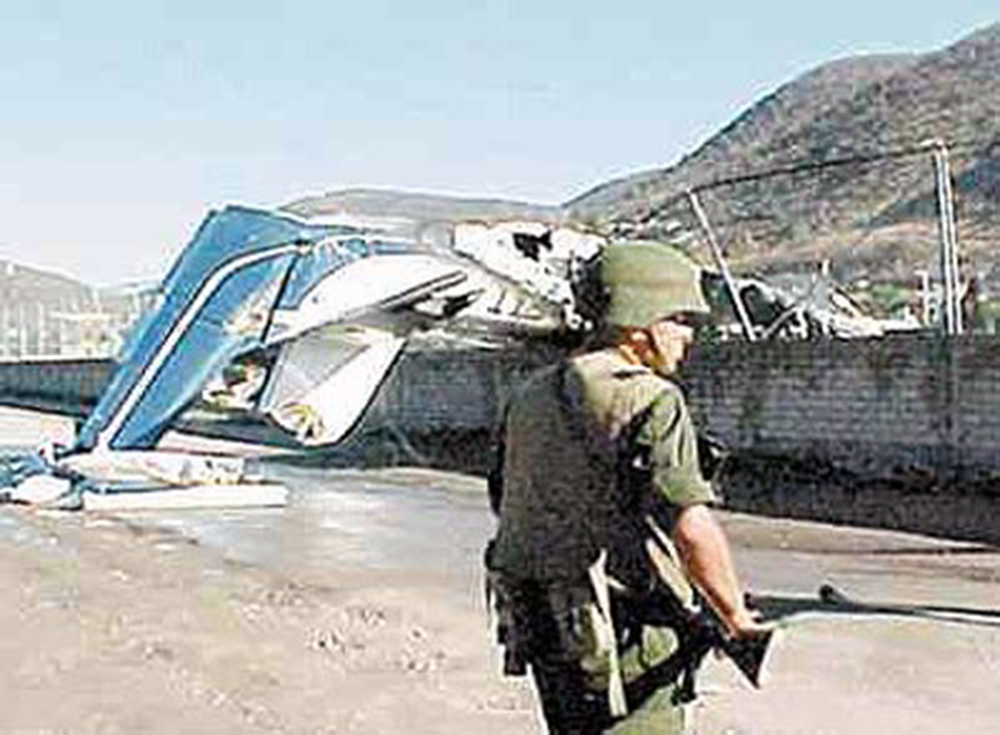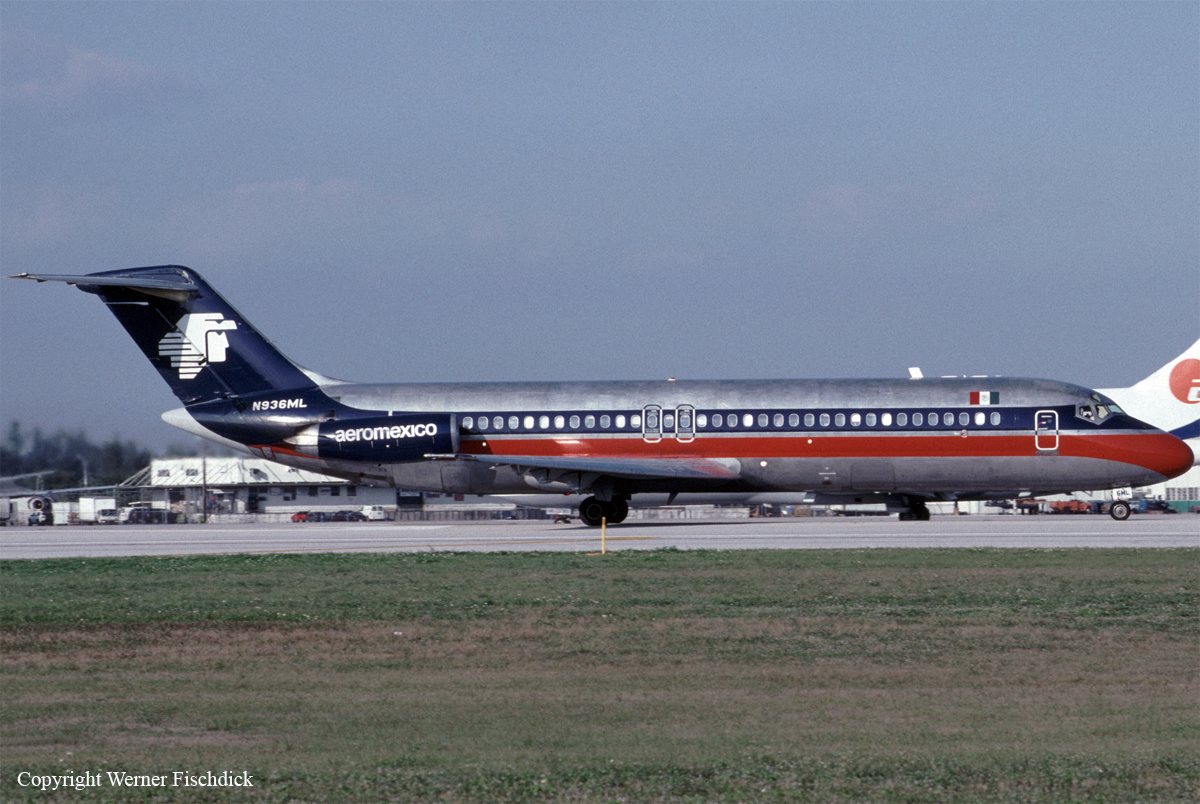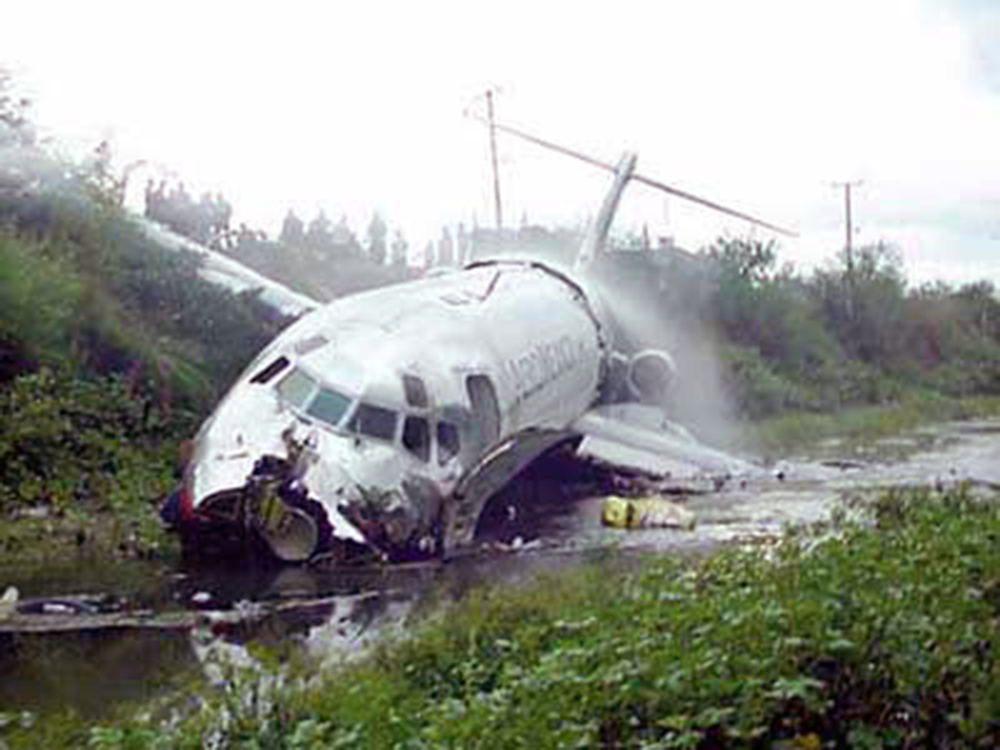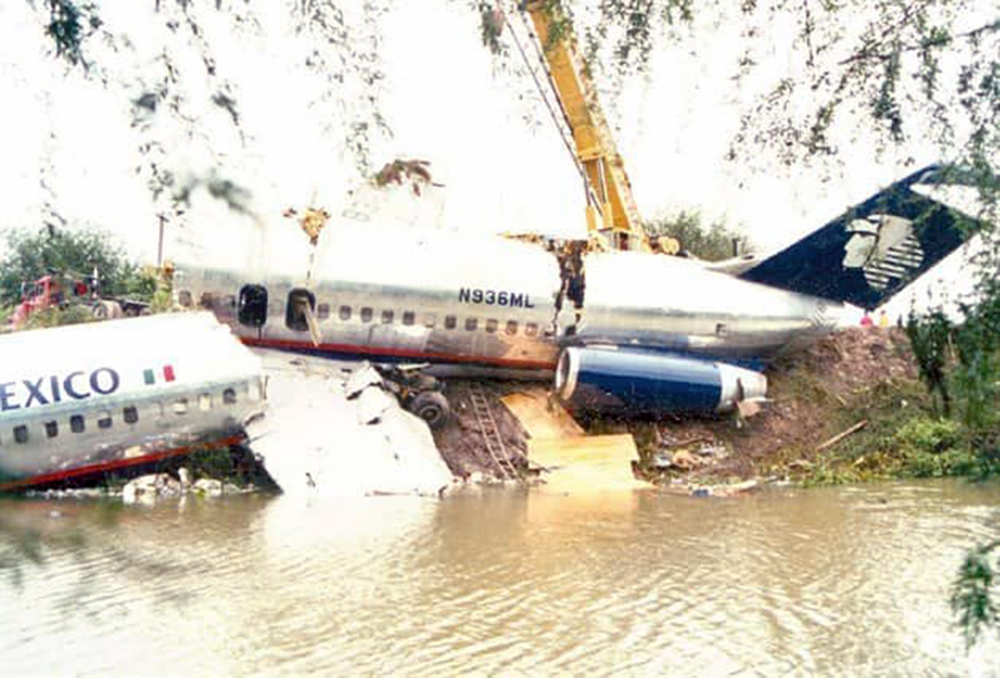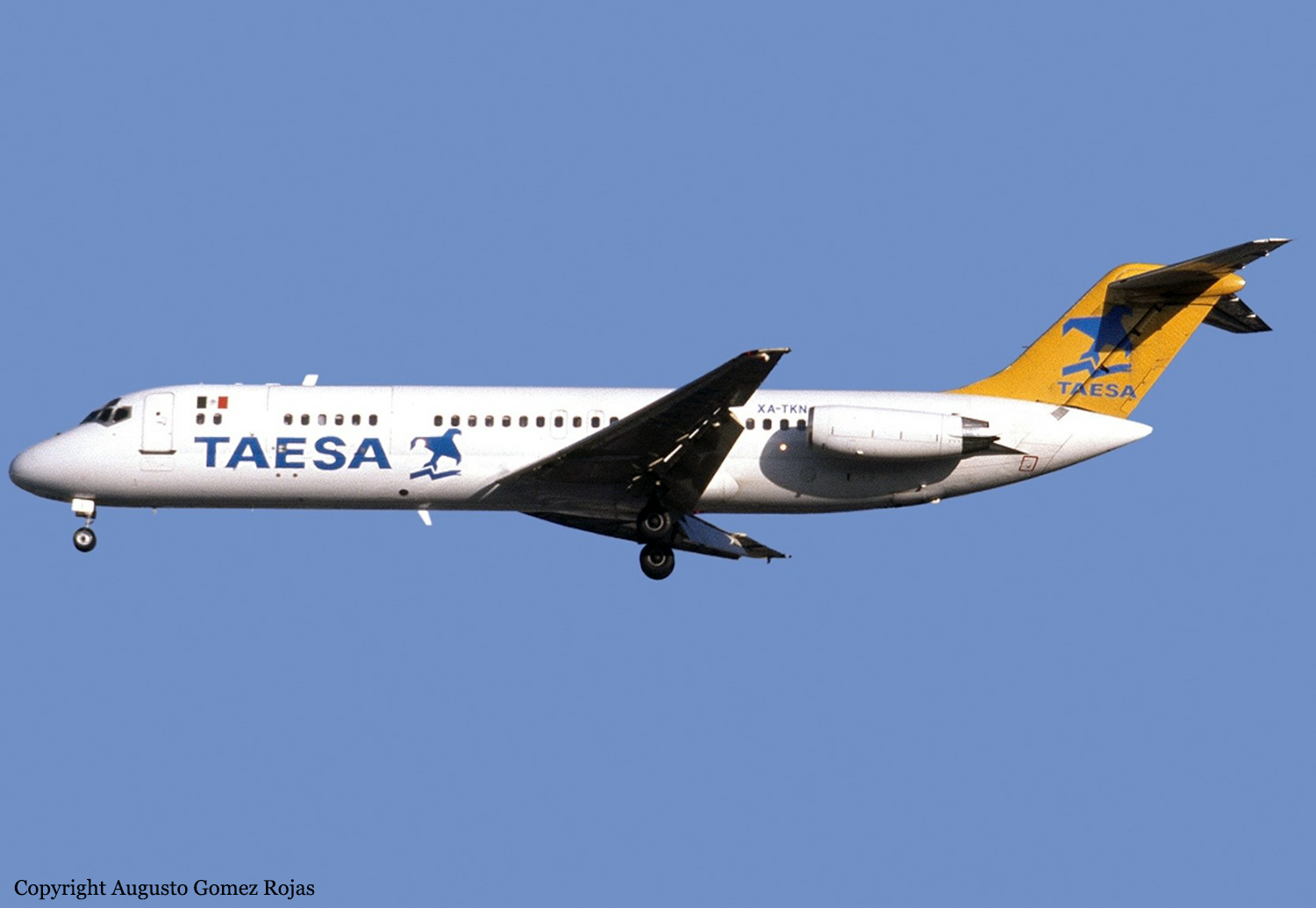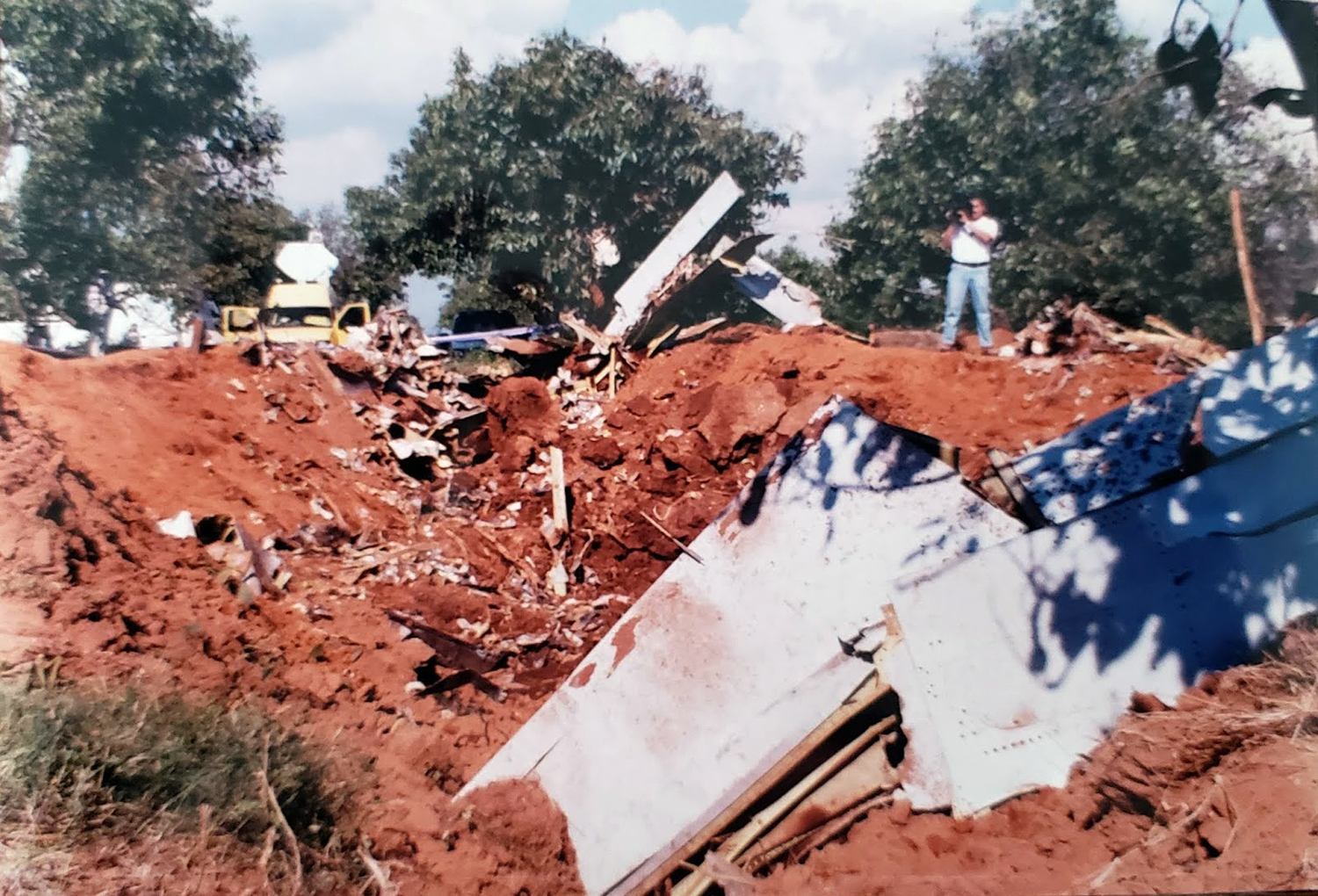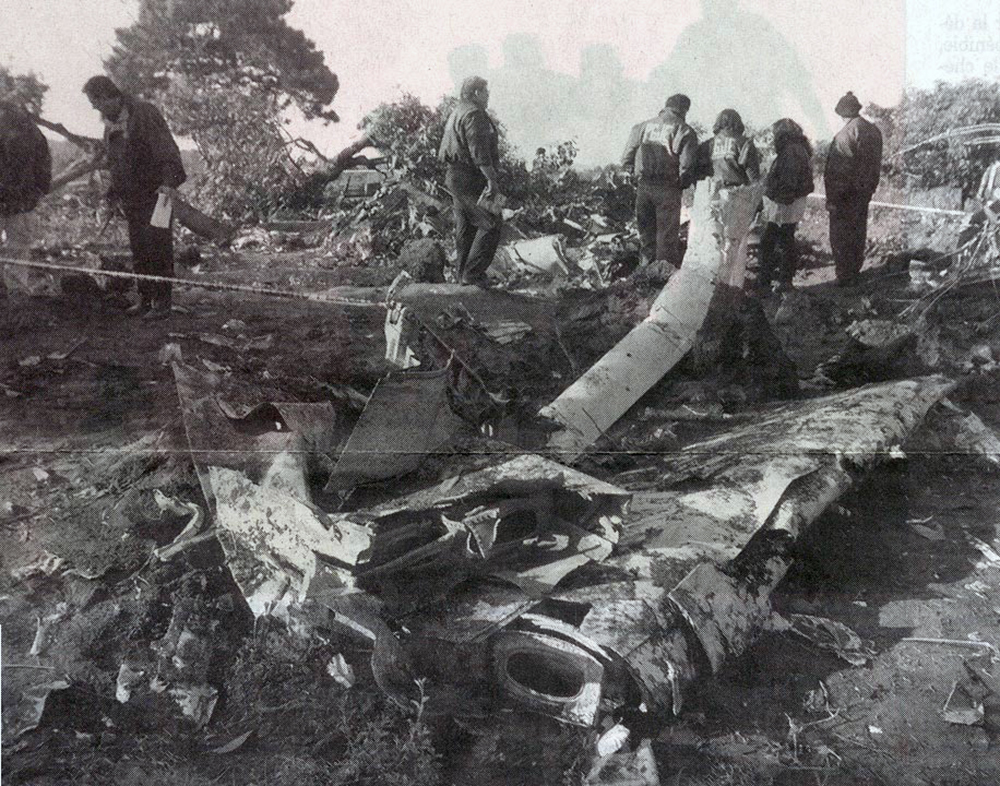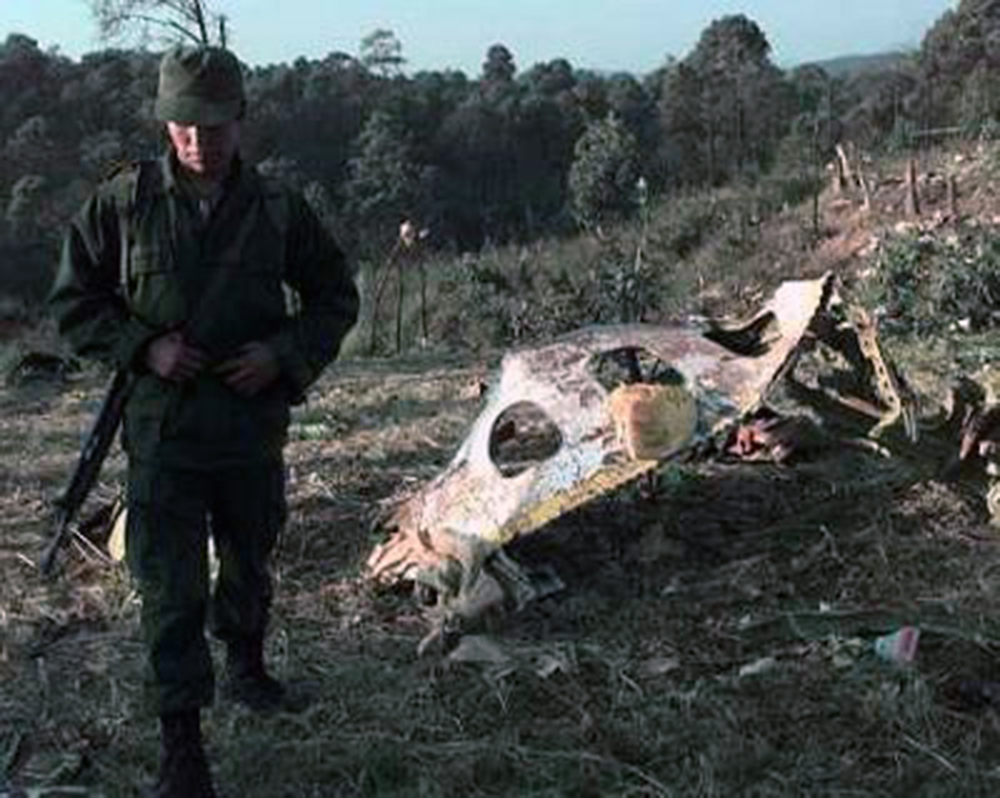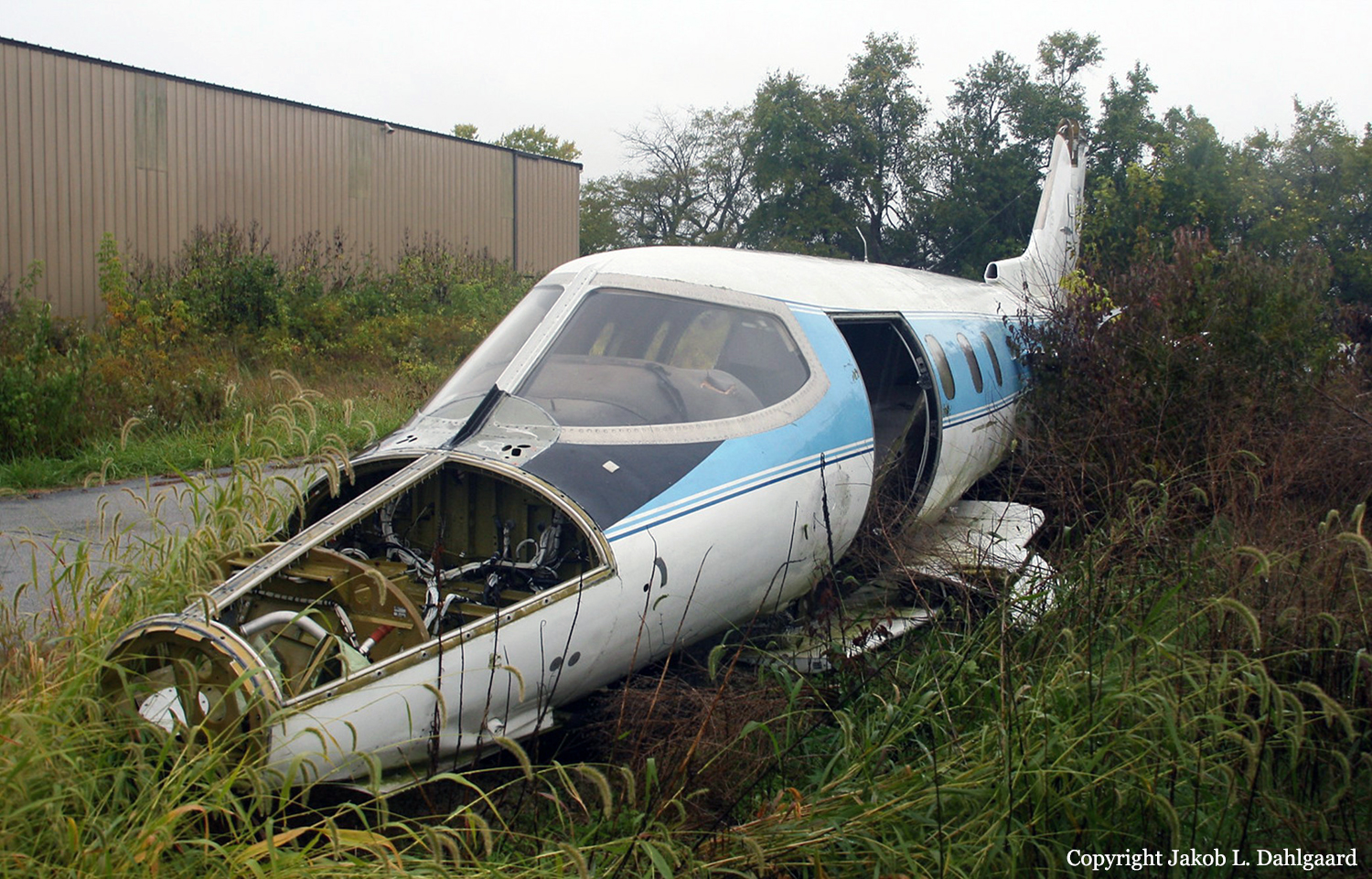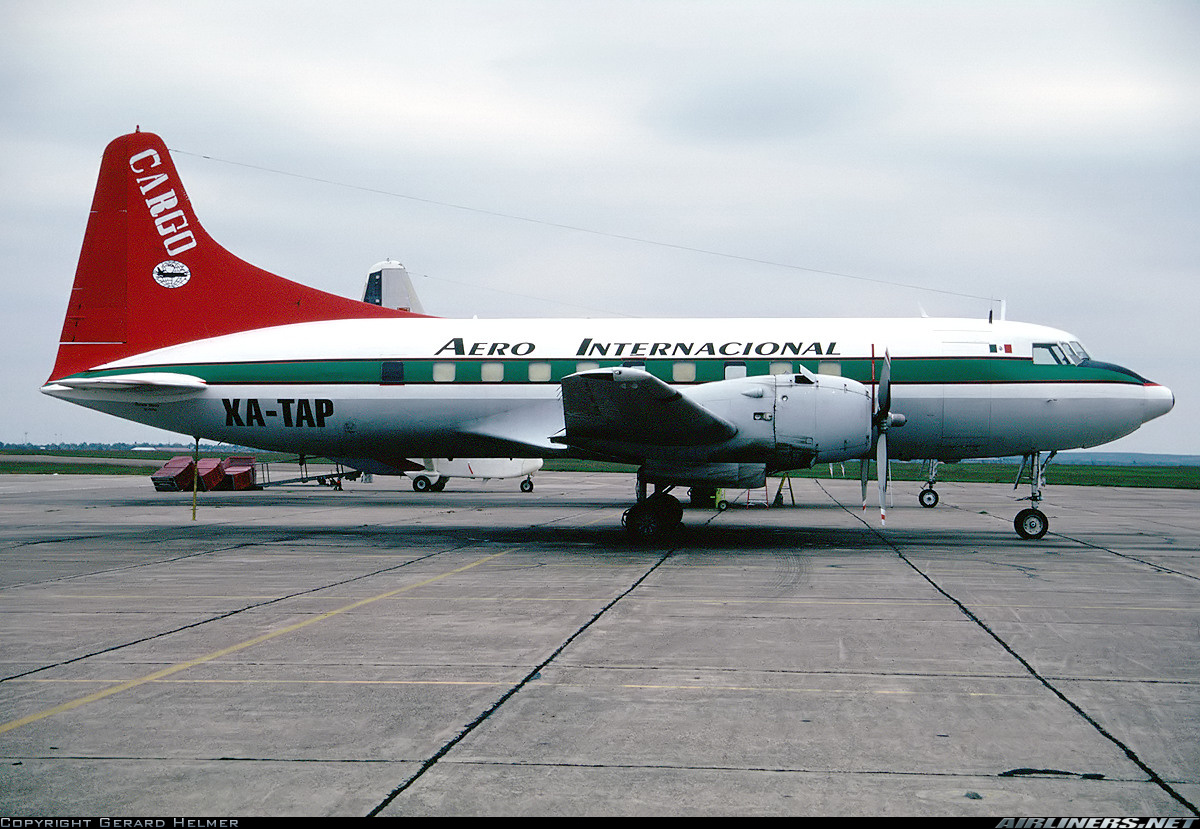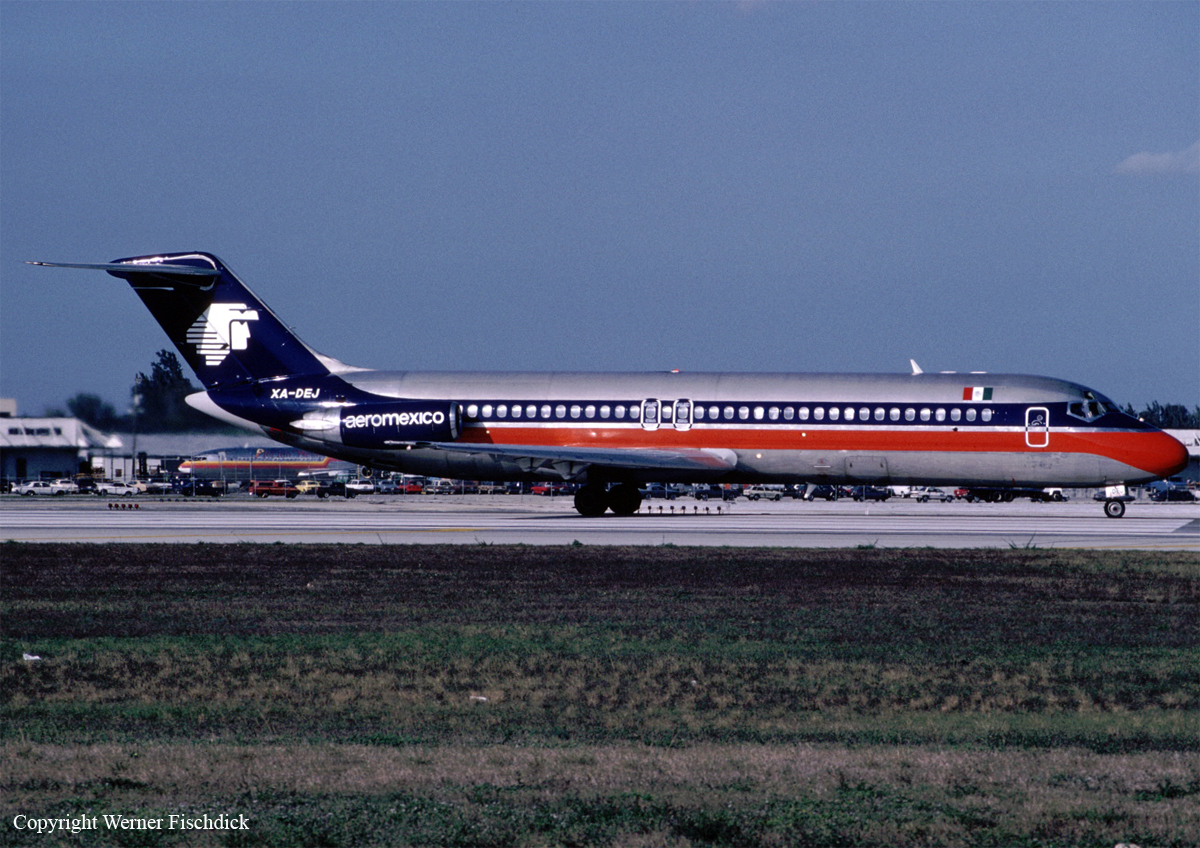Crash of a Rockwell Gulfstream 690C Jetprop 840 in Milpillas: 7 killed
Date & Time:
May 2, 2004 at 1750 LT
Registration:
XC-JEH
Survivors:
No
Schedule:
Ciudad Juárez – Mexico City
MSN:
690-11678
YOM:
1981
Crew on board:
2
Crew fatalities:
Pax on board:
5
Pax fatalities:
Other fatalities:
Total fatalities:
7
Circumstances:
On May 2, 2004, at 1600 central daylight time, a Twin Commander 840 twin turbo-prop airplane, Mexican registration XC-JEH, was destroyed following a loss of control following an encounter with weather while in cruise flight near Milpillas, State of Aguas Calientes, in the Republic of Mexico. The airline transport rated pilot, first officer and the 5 passengers on board were fatally injured. The public use flight originated from Ciudad Juarez, State of Chihuahua, approximately 1400, and was destined for the Mexico City International Airport, in Mexico City. Instrument meteorological conditions prevailed for the domestic cross-country flight for which an instrument flight rules (IFR) flight plan was filed.

